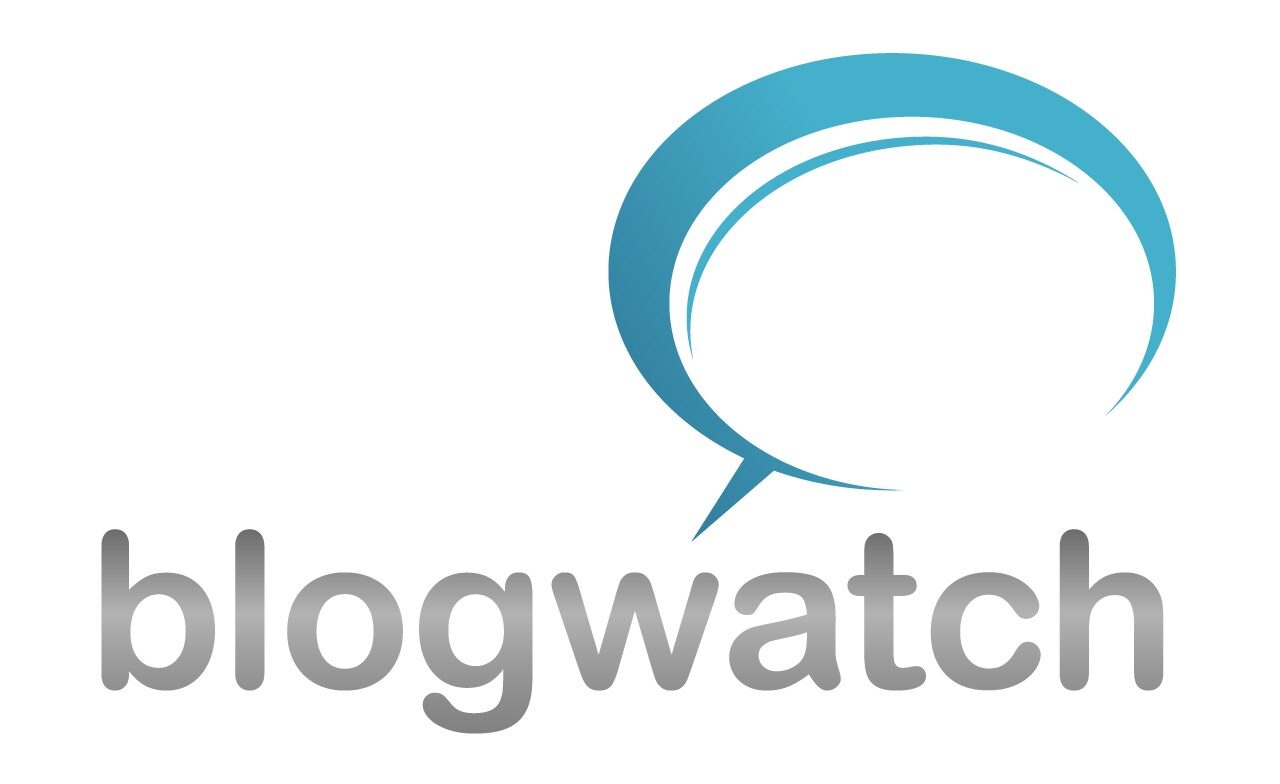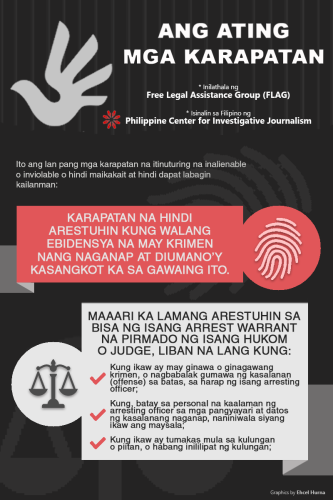Social media to drive social change #fwdPh #SMday
Originally posted at Social media as tool for advocacy
Whether we like it or not, the communications world is rapidly changing. Emerging media is “the evolution of utilizing technology to share information in new and innovative ways. “ Not so long ago, blogging was a popular medium to share my story on how I lost my beloved son. The platform served me well because I was able to reach out to readers with similar losses. Twitter came but I used it mainly for broadcasting my daily grind . Then facebook, instagram, pinterest and other social networks soon sprouted.
A citizen
Using the monicker “momblogger” was a matter of convenience. How would I have known that personal branding would define my online reputation and the focus of my advocacy?
As a mom blogger, I cannot isolate myself from the larger society. Moms may react differently on specific issues but we all have a common concern : our children’s futures unite us.
My concern is to nurture both my family and community. Dealing with politics is incidental. Sometimes when you want change, the best way to attain is to through political means. But politics is not an end in itself but merely a means to an end. I used social media to drive an advocacy, to push for social change.
Let’s move #fwdPH
There are many ways to move #fwdPH. One way “is being a good citizen both online and offline. Being responsible. Being vocal. Taking a stand on issues. Exposing corruption and incompetence. Making politics work for the country, especially the voiceless, poor and marginalized. And using social media to help achieve these.”
Blog Watch has done it with #epalwatch, helped support or written articles on many issues such as the following:
* saving marine life in the PH (@SavePHSeas)
* preservation of PH cultural and heritage sites
* cyberbullying and online safety
* domestic violence and child abuse
* breastfeeding
* internet freedom
* K-12 and state of Philippine education
* disaster preparedness, rescue and relief (with @rescuePH efforts)
* RH bill discussions
* Repeal the Cyber Crime law
* consumer protection and improvements in customer service levels
* promotion of eco-tourism and destinations
* protection of our natural resources
* small and medium enterprise development
Lessons learned
While the initial purpose of Blog Watch was meant to empower bloggers, emerging media calls for a broader term such as citizen advocates. In the past, Blog Watch was often called a citizen journalism site. The accurate term is citizen media. Wikipedia refers to citizen media as forms of content produced by private citizens who are otherwise not professional journalists. It is the appropriate word because we are basically active citizens that use new technology to achieve social change.
These are the steps we, in Blog Watch took used social media to advocate for social change.
1. Message matters
Sometimes it can make your message more powerful if you can connect it to why the issue is important to you. One example is breast feeding. It is important to me because our children need the best nutrition early on. Around 16,000 babies die each year because they were not breastfed. I use the hashtag #BreastFeedingPH to push the message that “Breastfeeding is still best for babies” and to make sure that no milk formula company undermines breastfeeding.
2 . Organizing a community
Citizen advocates don’t want to just take action – they want to feel part of a community that create change. Not everyone is born to be an organizer or want to participate in all activities in a community. It is important to maintain a core group to set a single, focused goal to provide direction, motivation and operational guidance. As a community , there is a need to write a disclosure for transparency. It is just as important to establish guidelines or ethics so the community is consistent and maintains its credibility.
3. Online + Offline
Online advocacy should integrate with offline. They go together. Meetings with stakeholders and legislators are needed to push the agenda of an advocacy. In our #epalwatch project, a meeting with the Commission on Elections (COMELEC) paved the way for the guidelines on common areas for posters and the size of banners and tarpulins.
4. Take social a spin
No man is an island applies as well to a community. One needs to collaborate and amplify personal connections. Don’t just broadcast. Take action. Provide content to match the media like twitter, facebook , instagram, tumblr, The positive gains of #epalwatch was realized because of the collaboration with No More Epal Facebook group , Juana Change and Carlos Celdran.
Social Media to Drive Social Change
Social media tools are a central component of almost any movement and it is bound to change over the years. The most-used social media advocacy tools include blogs, portals, Facebook, Twitter, Tumblr, Instagram email, and texts. While hundreds of social media applications exist, one should start spending time and resources where your supporters are most likely to be. One then needs to integrate efforts for better overall results.
There are just four skills to remember . The Dragonfly Effect best explains as follows:
1. Focus – hatch a goal that will make an impact
2. Grab Attention – stick out in an overcrowded, over-messaged, noisy world
3. Engage – make people connect with your goal
4. Take Action – empower others, enable them, and cultivate a movement
Using social media as a tool for advocacy works because of “low (or no) hard costs for set-up; potentially wide reach; quick/instantaneous sharing of messages; new opportunities to listen, engage, and monitor your progress.”
Social media users have done it before and we must continue to do it over and over again not just because we are capable of it, but because we must. Let’s go forward, Philippines. Just do it.
Photos by Jane Uymatiao and Noemi Lardizabal-Dado. Dragonfly via dragonflyeffect.com . Some rights reserved.




